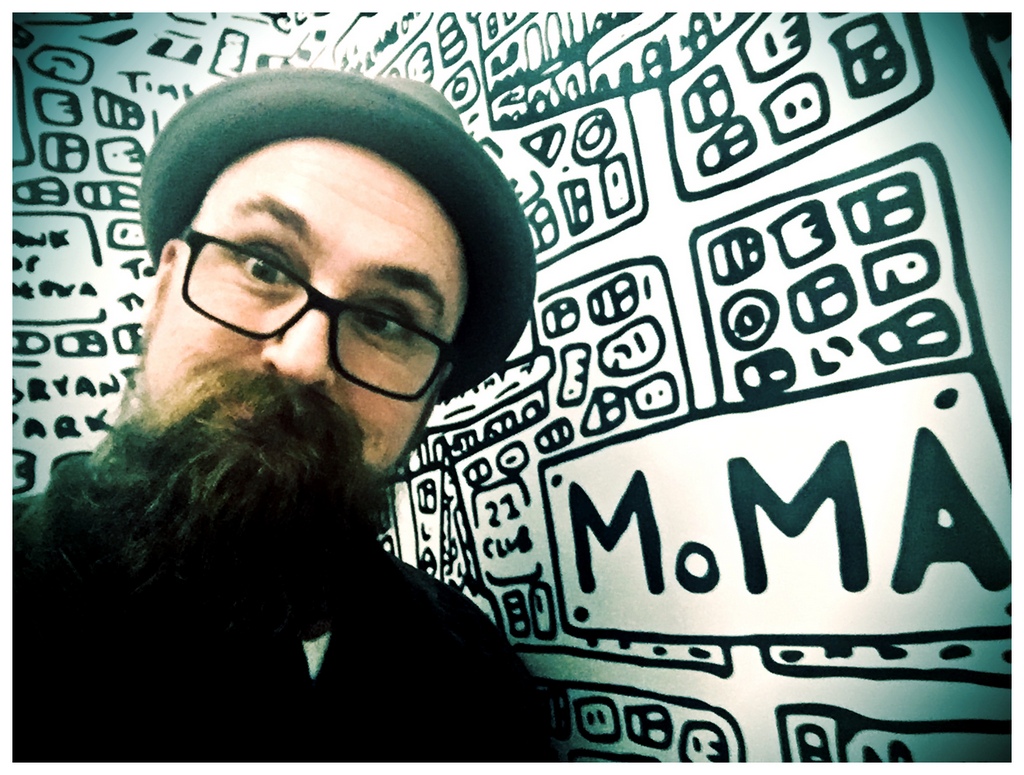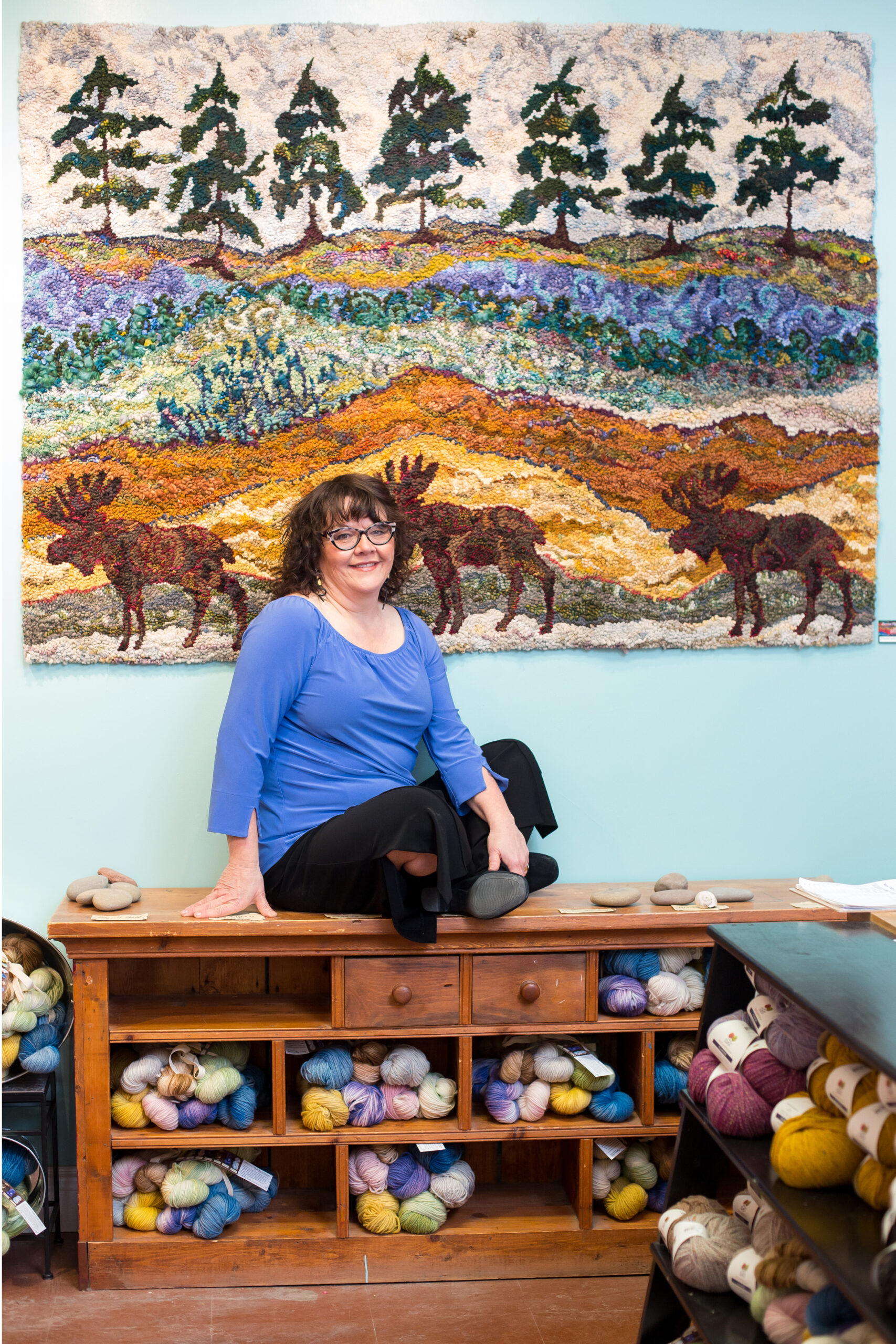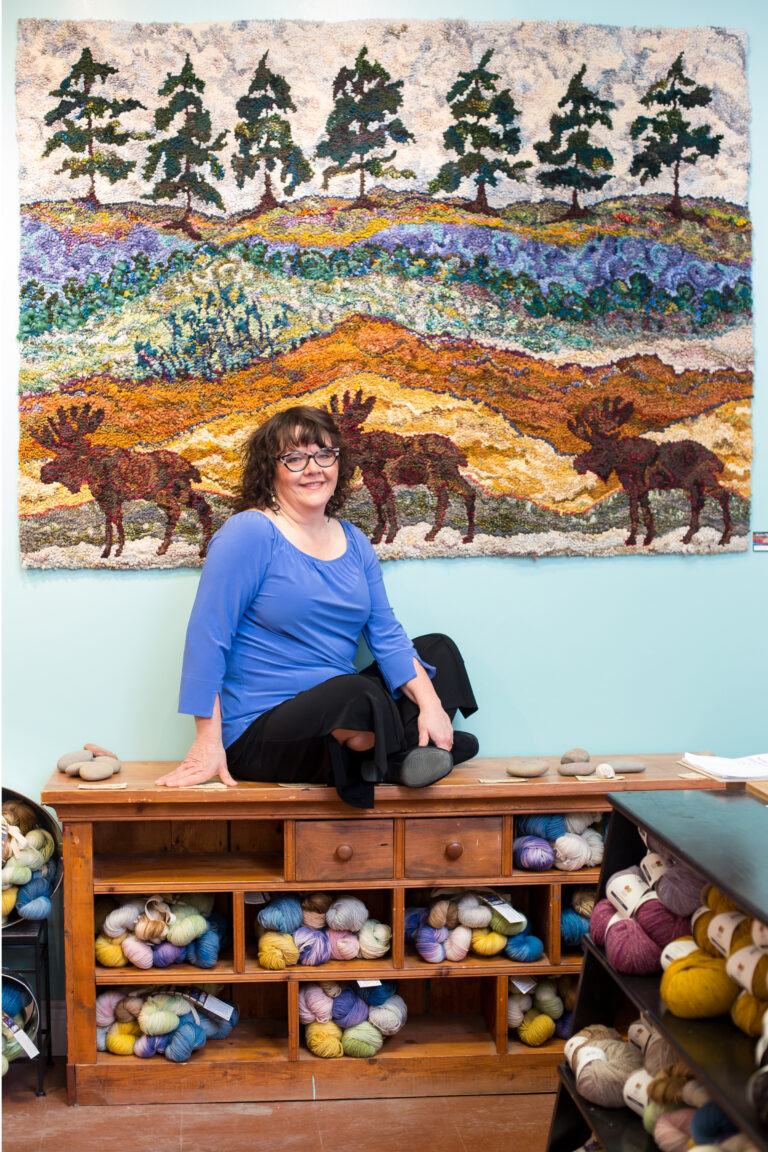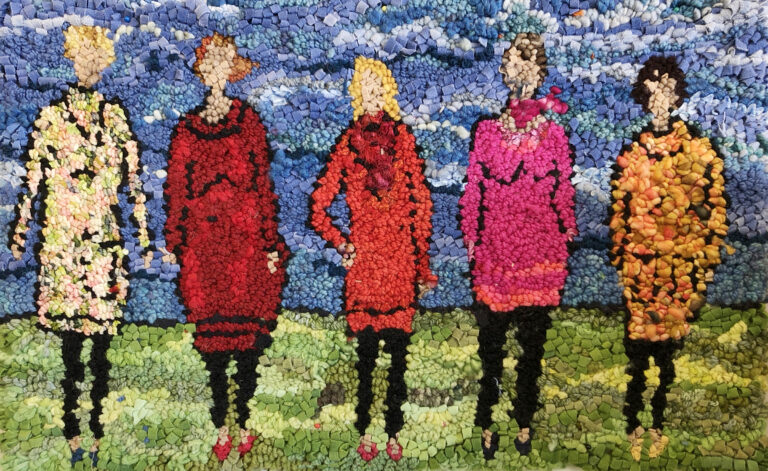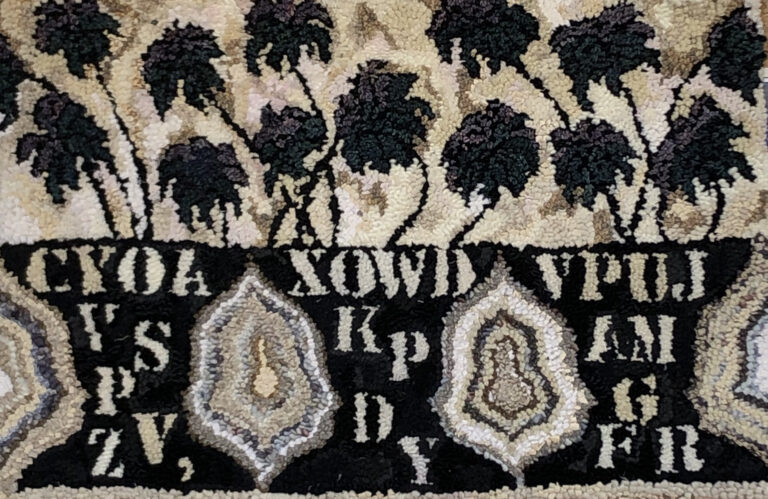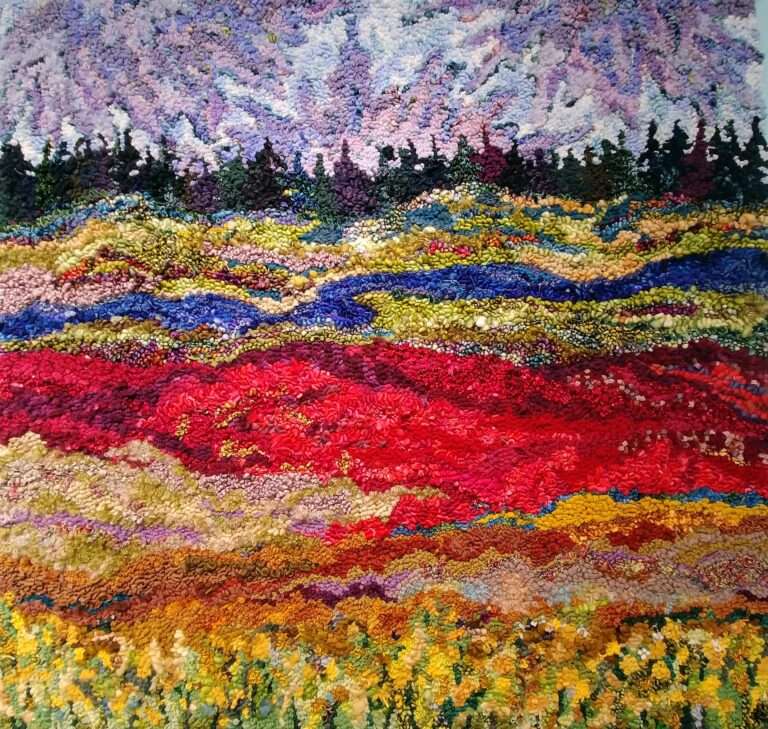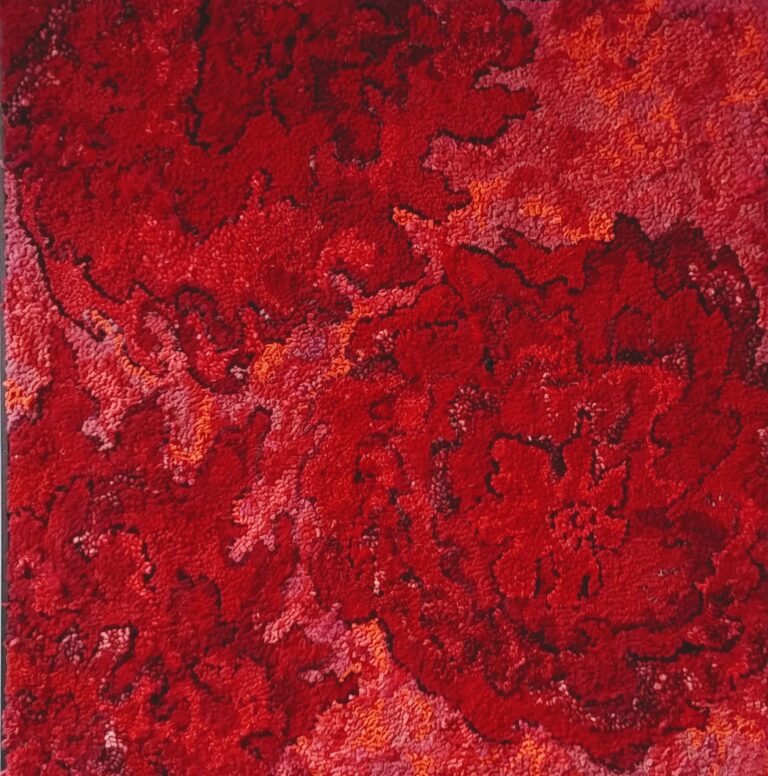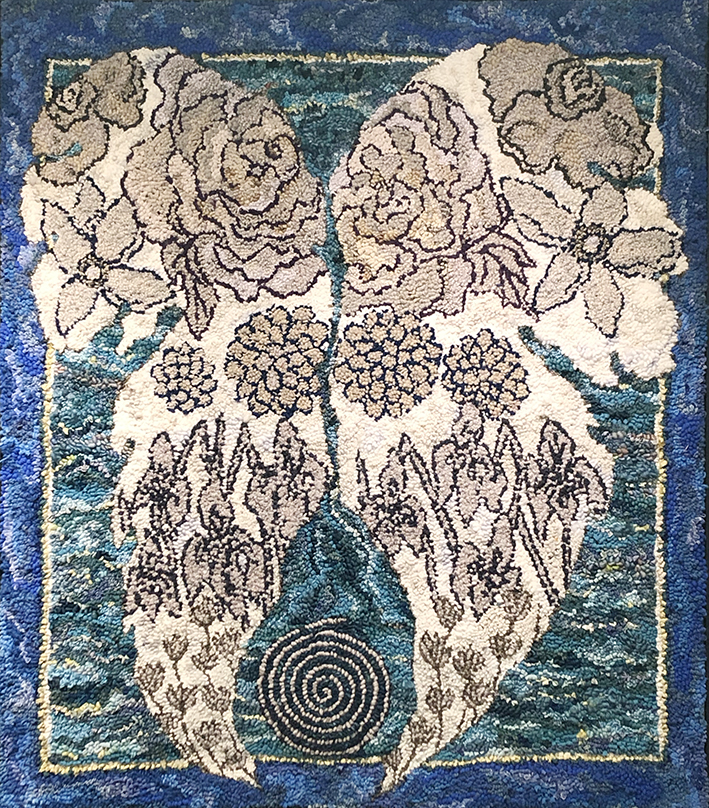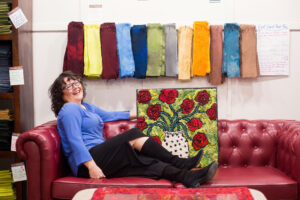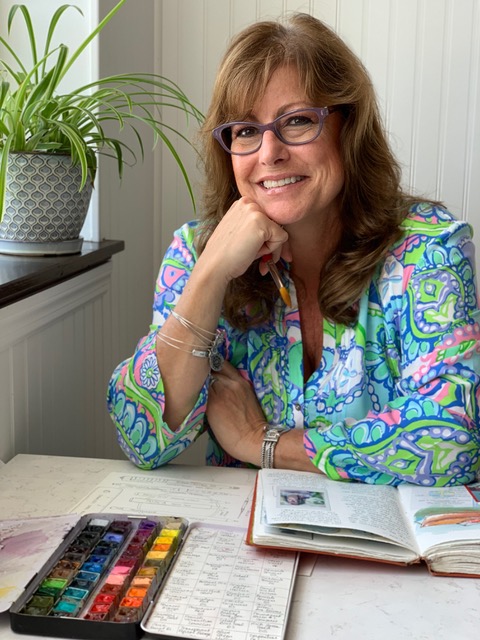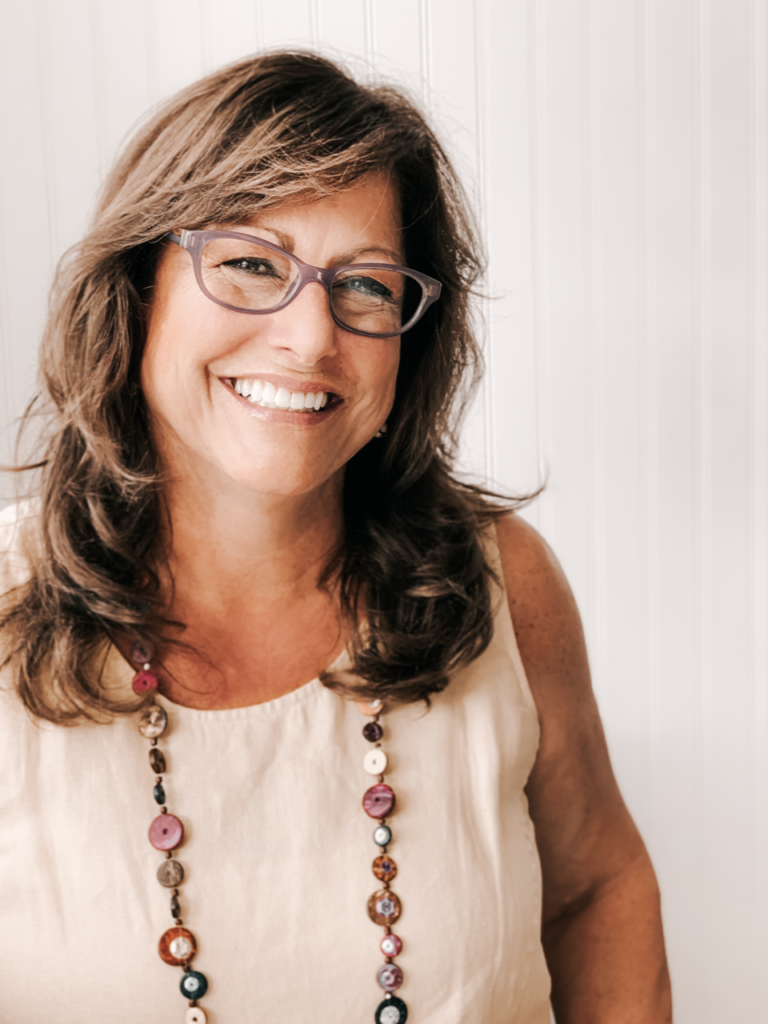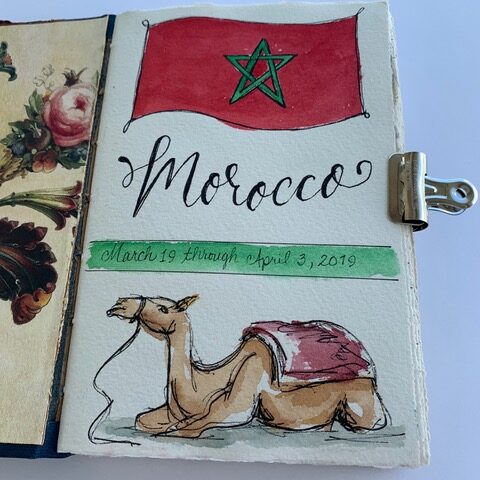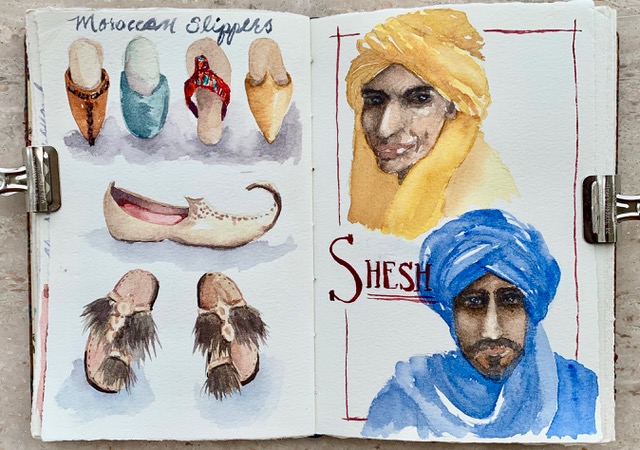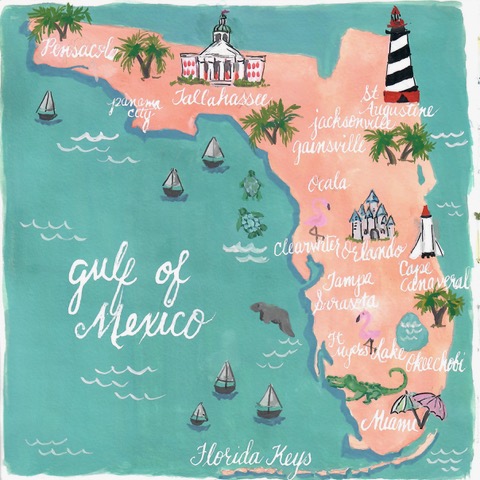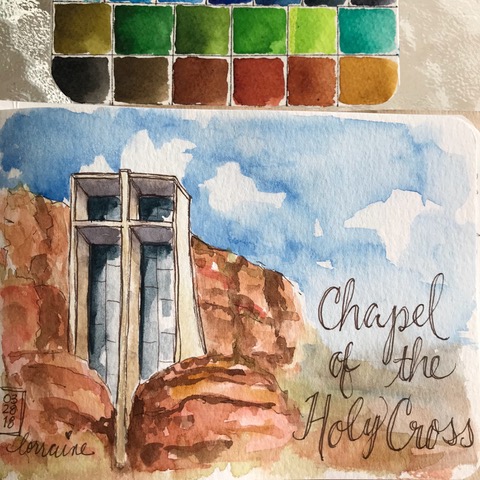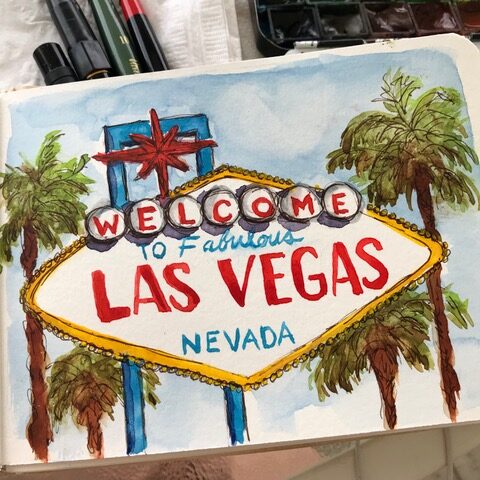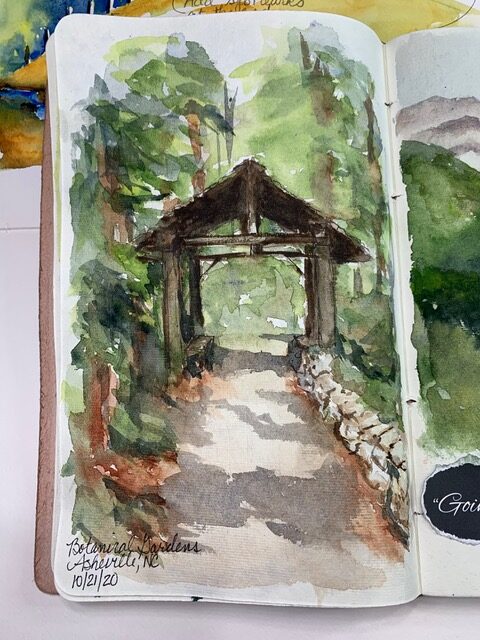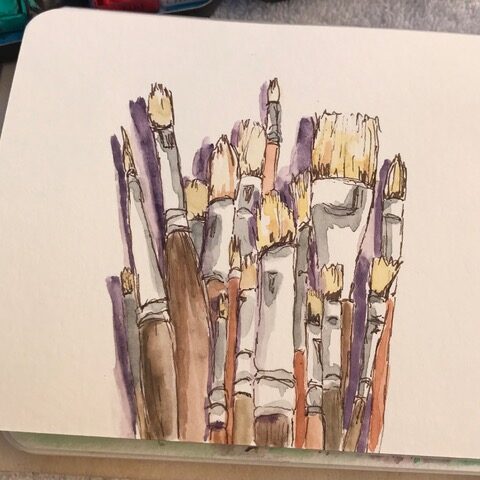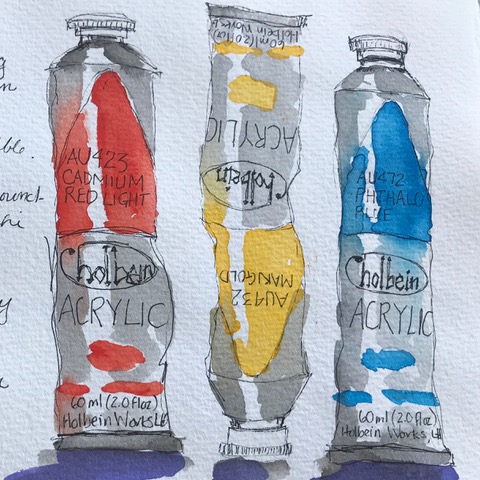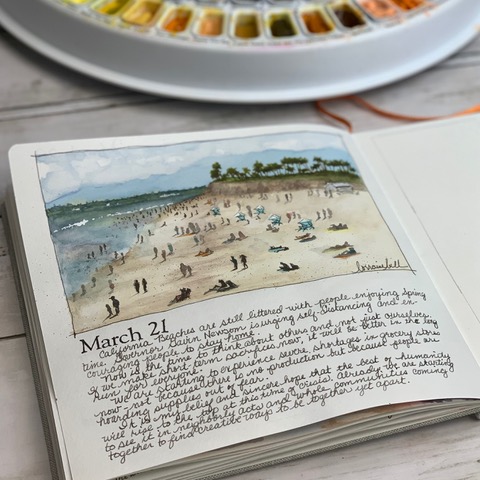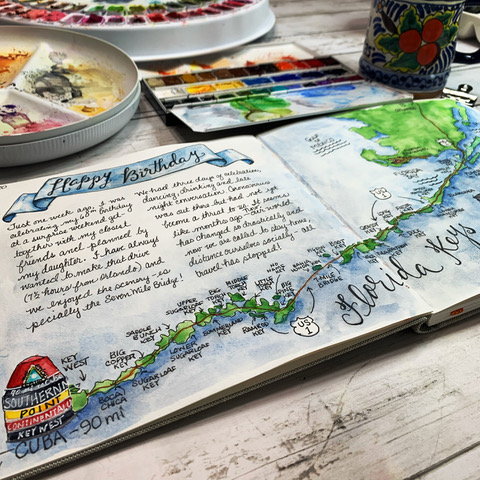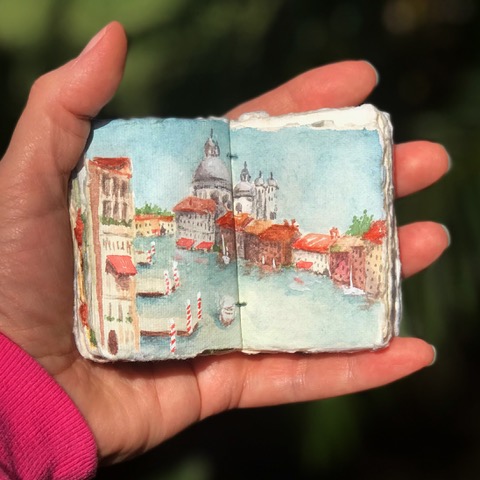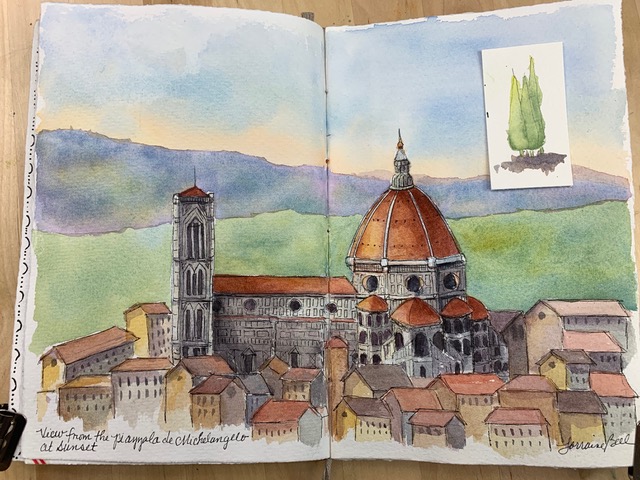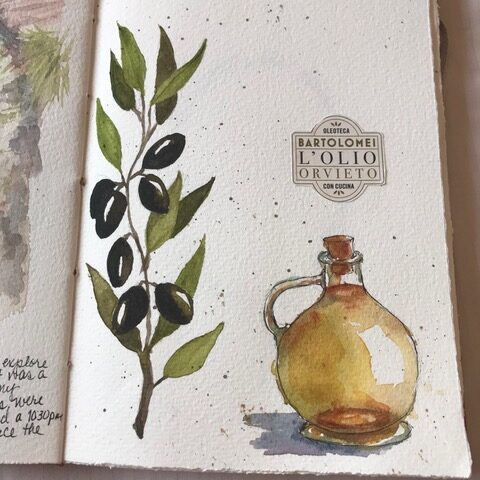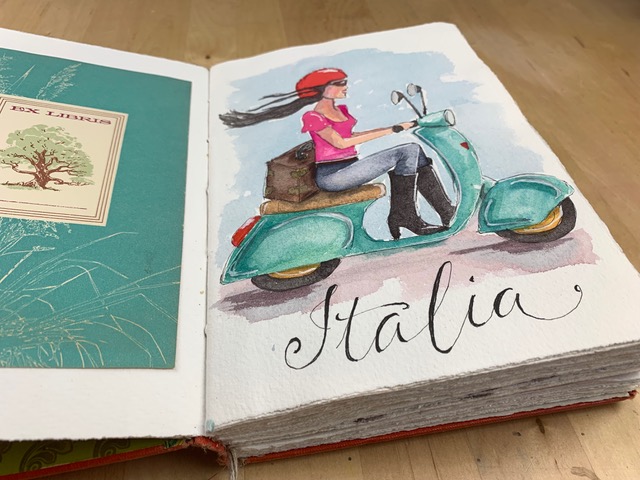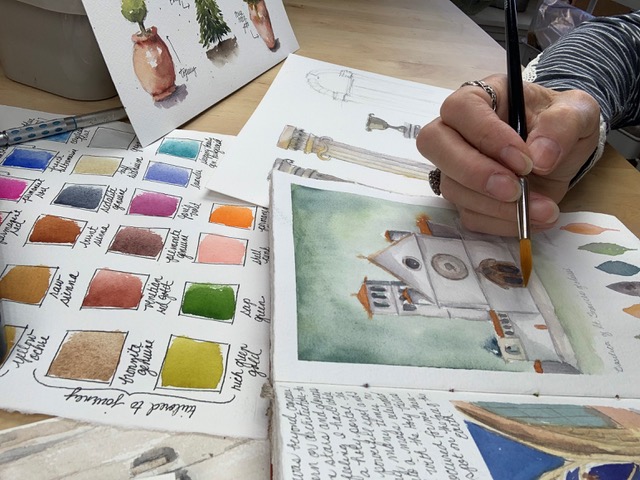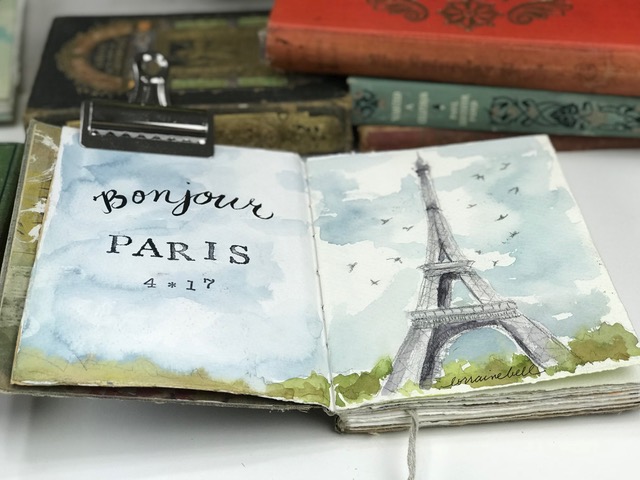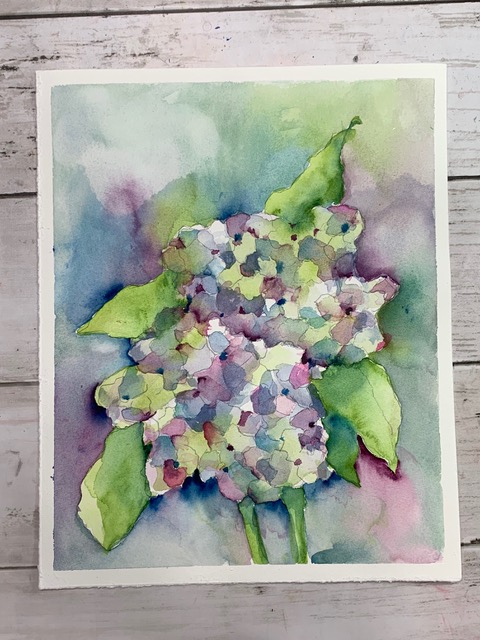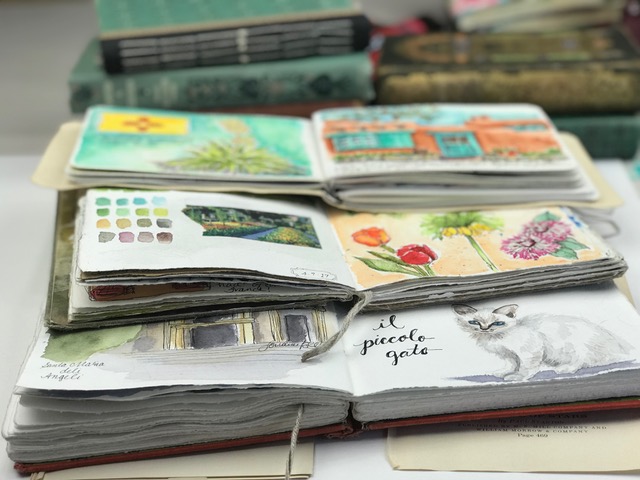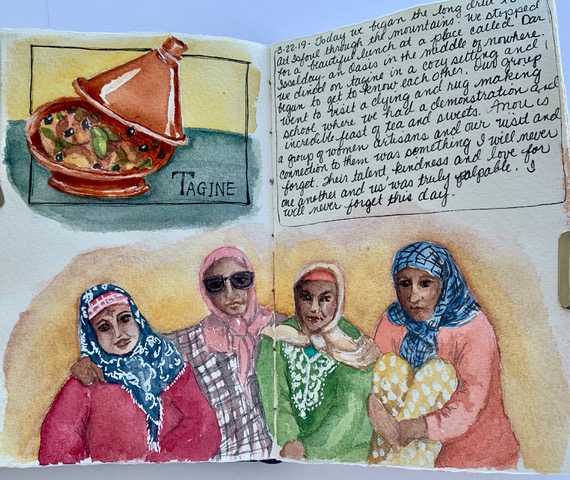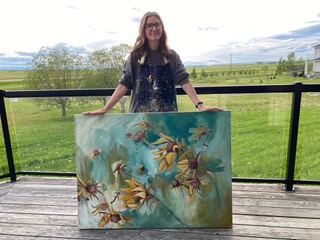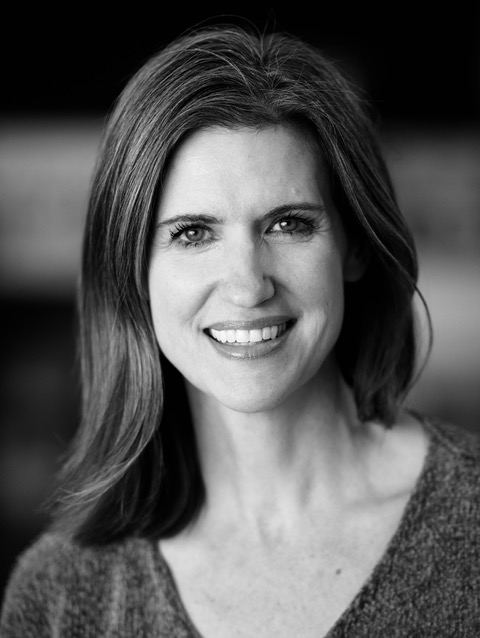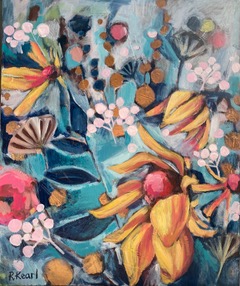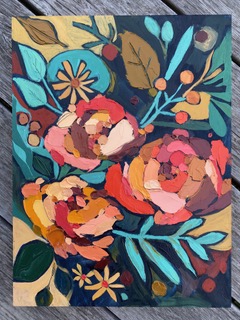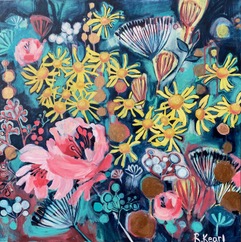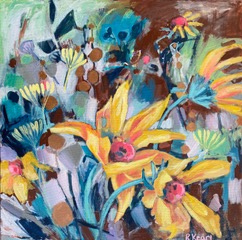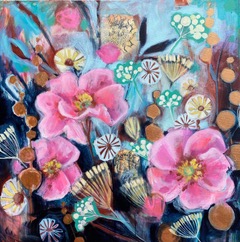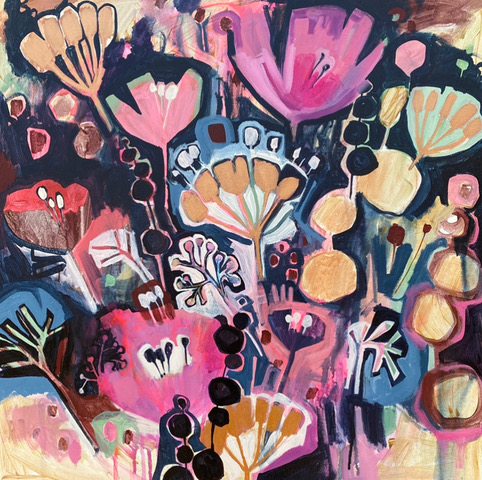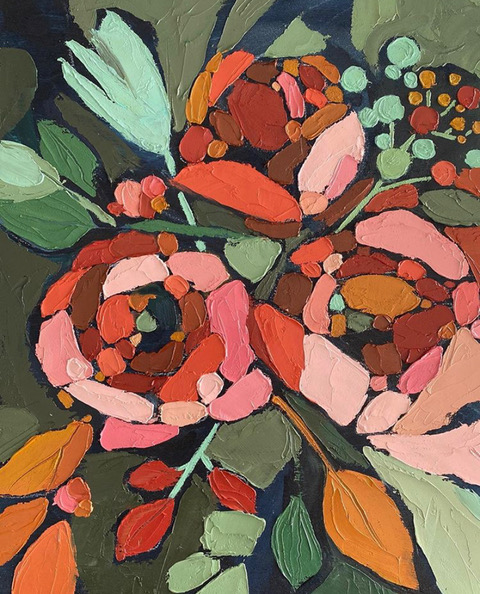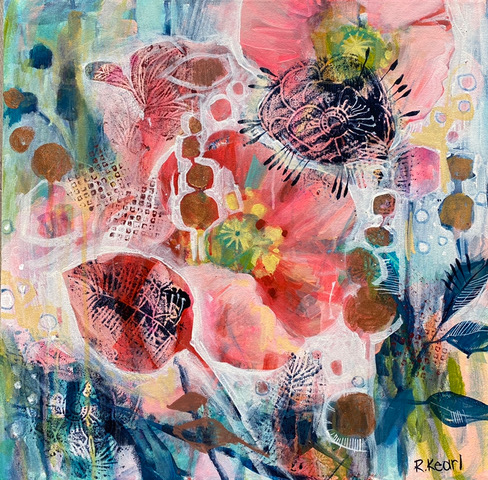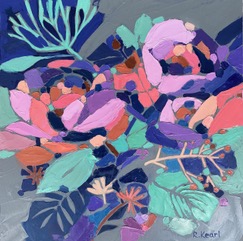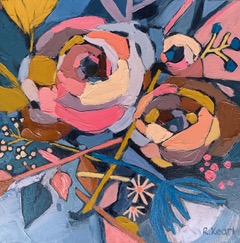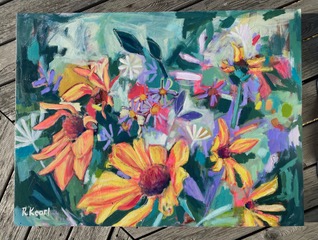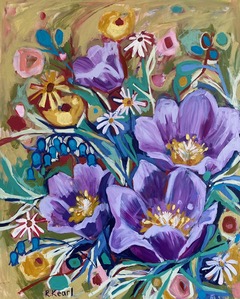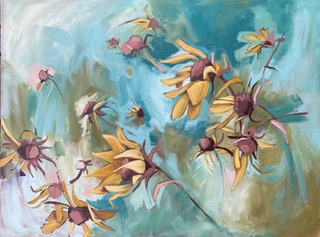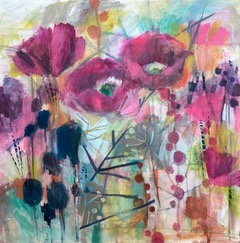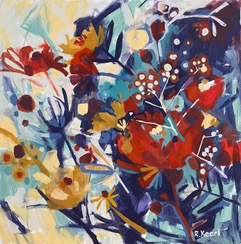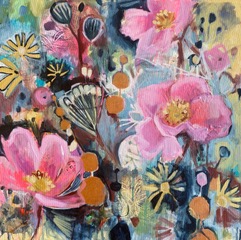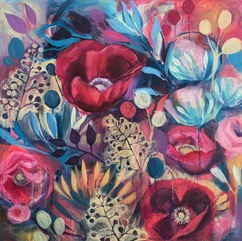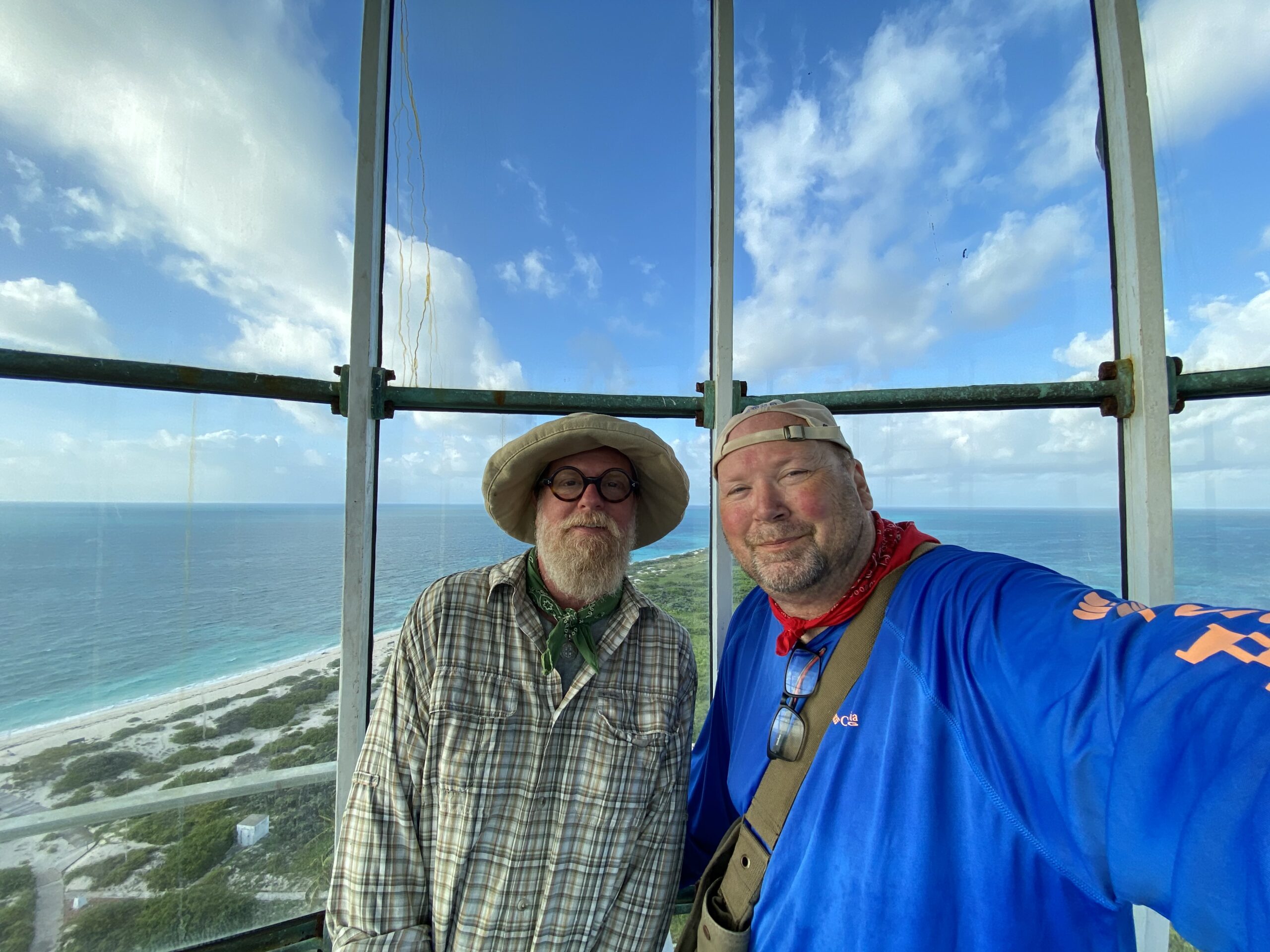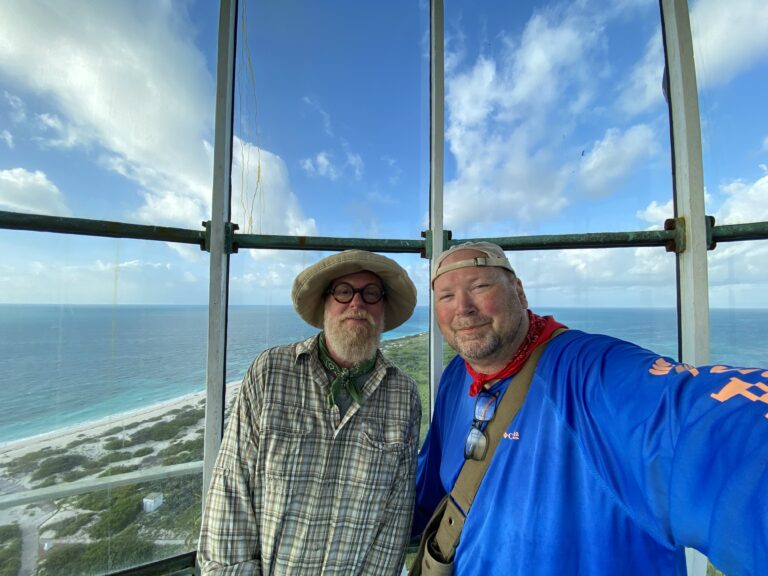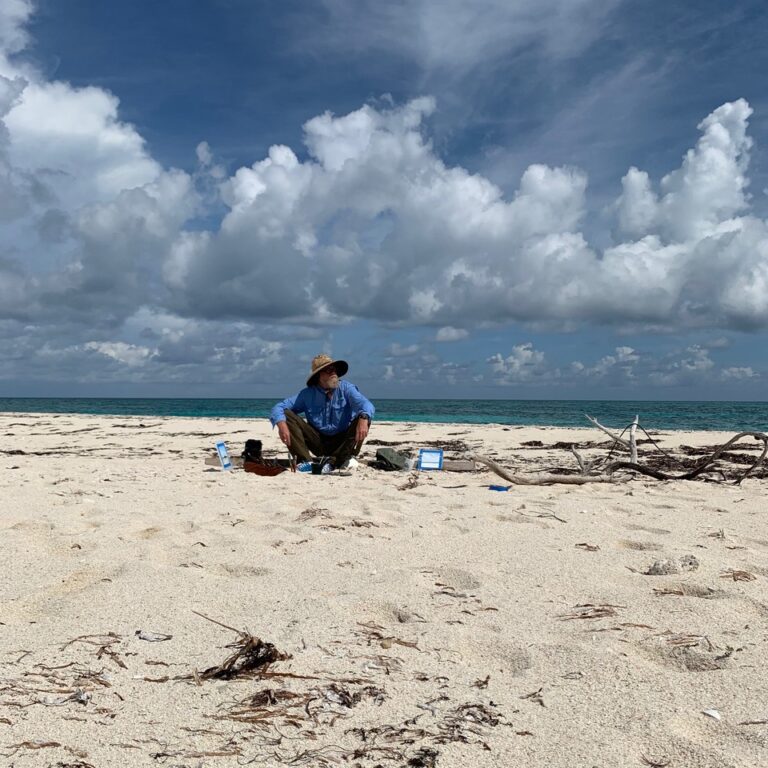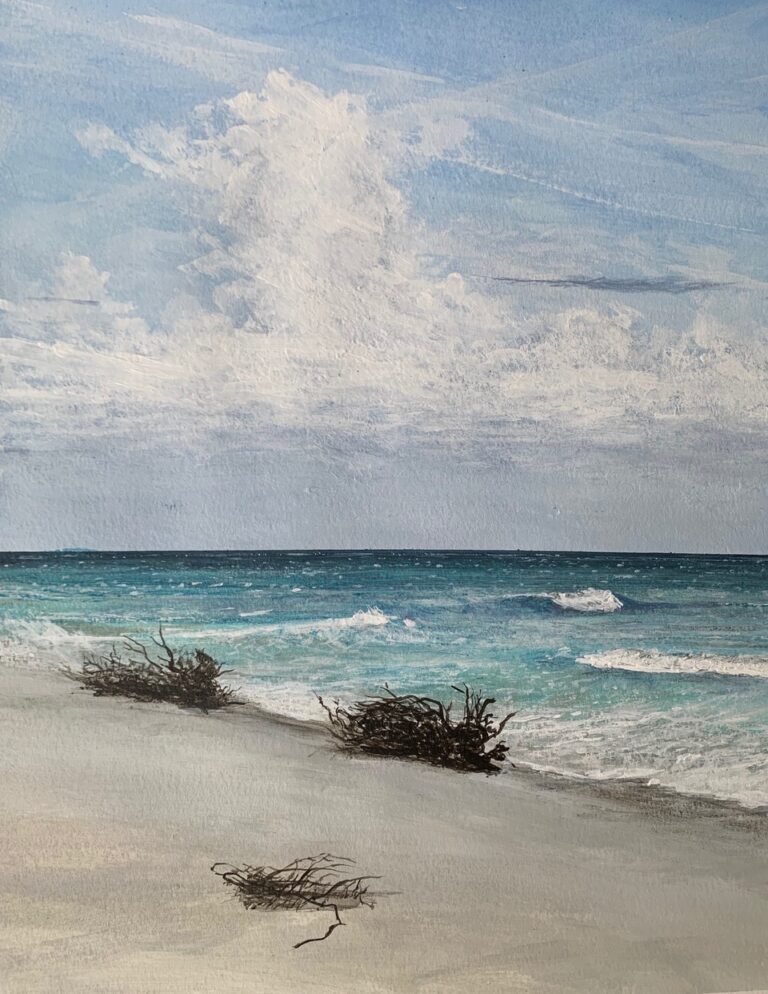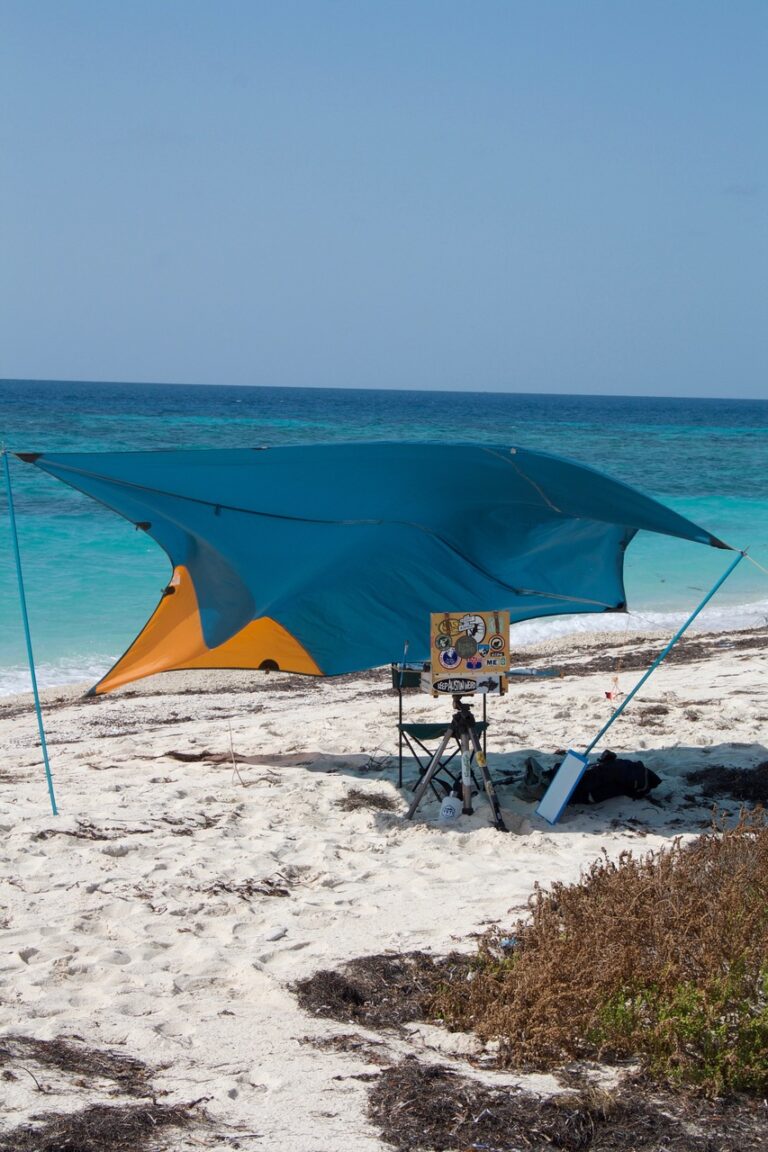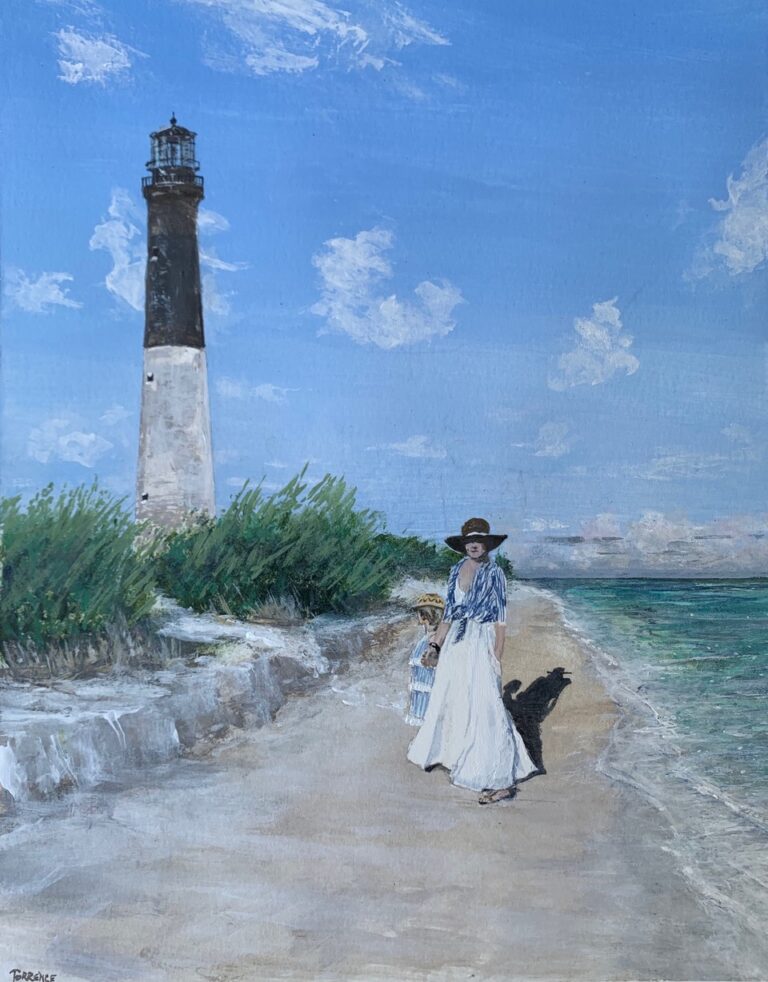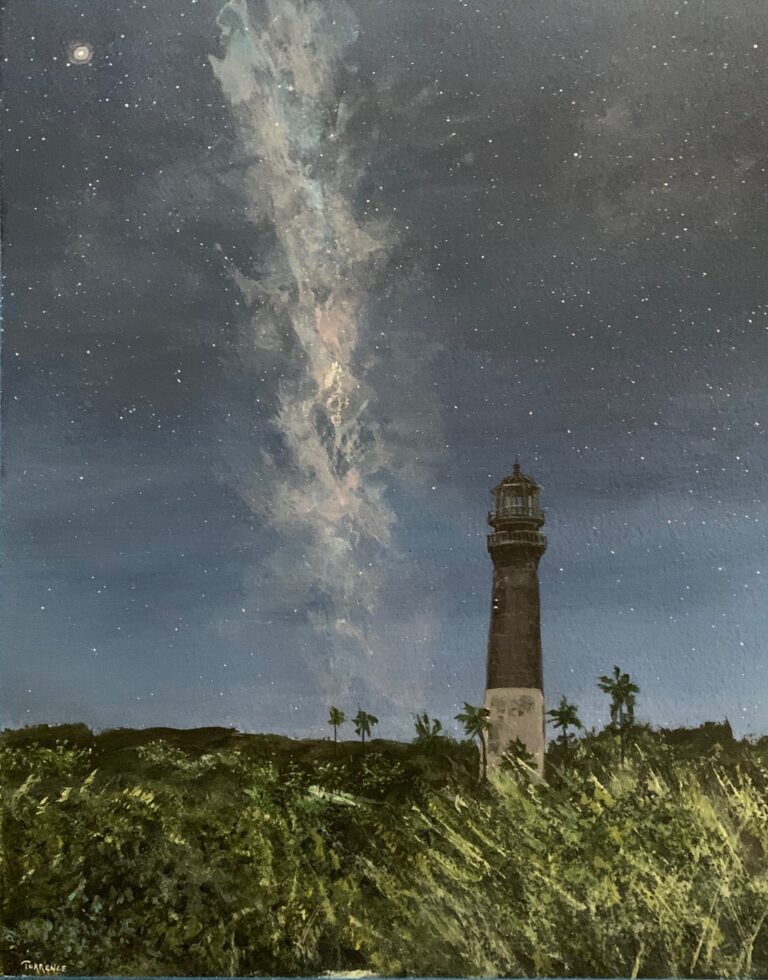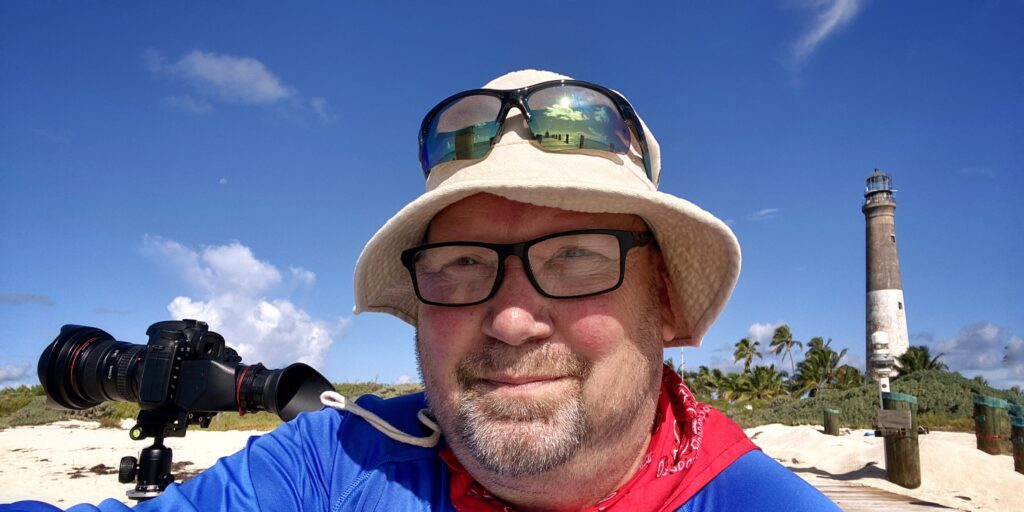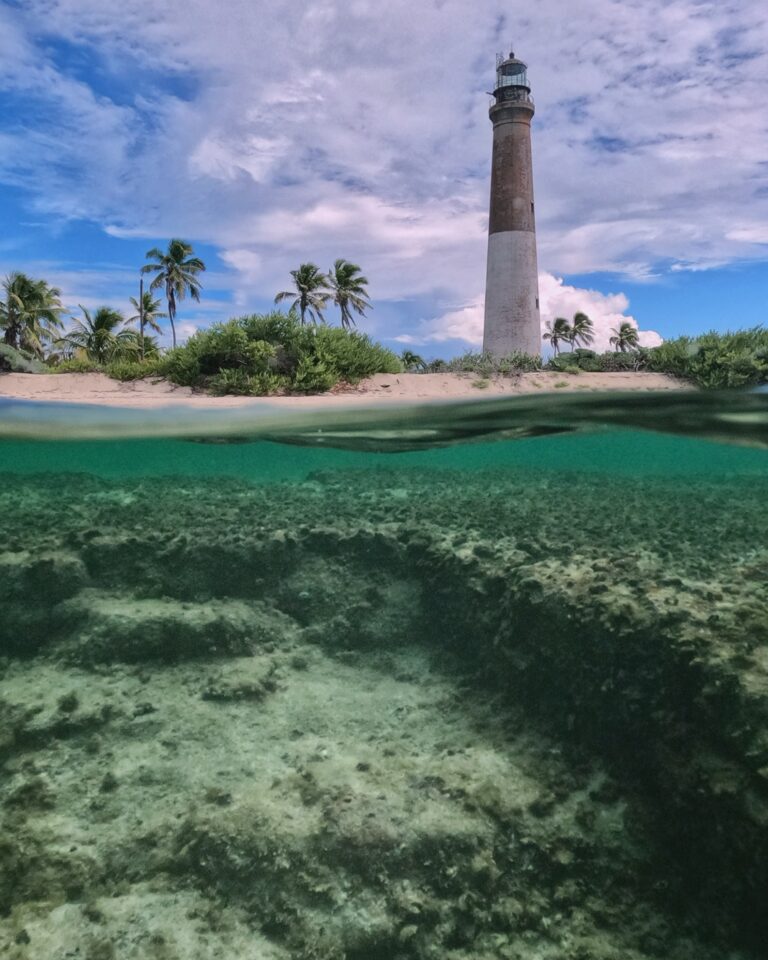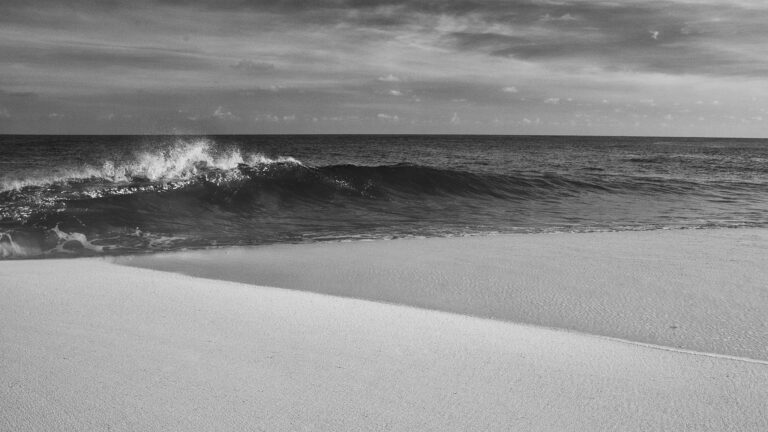#190 Gabe Langholtz: Painting in a Naïve Modern Style
Artist Gabe Langholtz paints in what he calls a naïve modern style. Sometimes he paints still lives, perhaps a table holding a few objects. Sometimes he paints figures, often holding something. His paintings always tell a story, through all the objects you see, and enhanced by his clever titles. He lives in the Austin, Texas area, but has done a solo show in New York, and is looking forward to other shows there in 2021.
Listen here or download from iTunes, Spotify, Google Play, CastBox, or Stitcher.
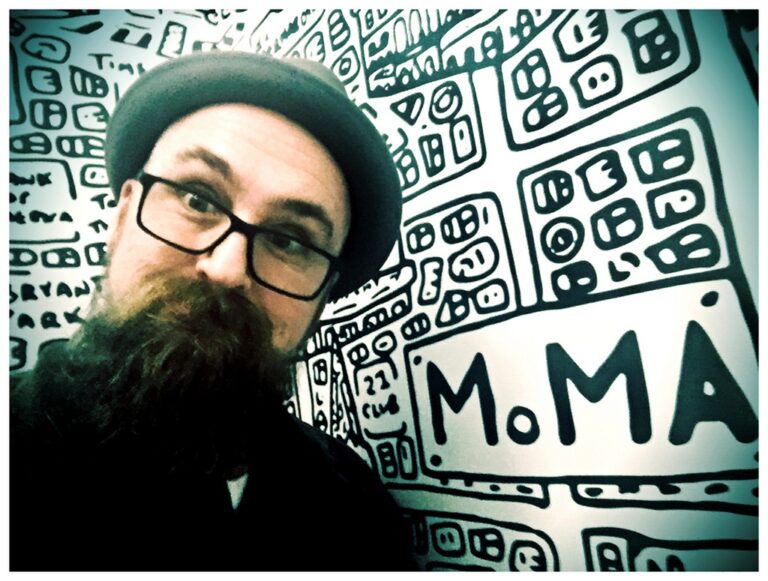
Gabe Langholtz
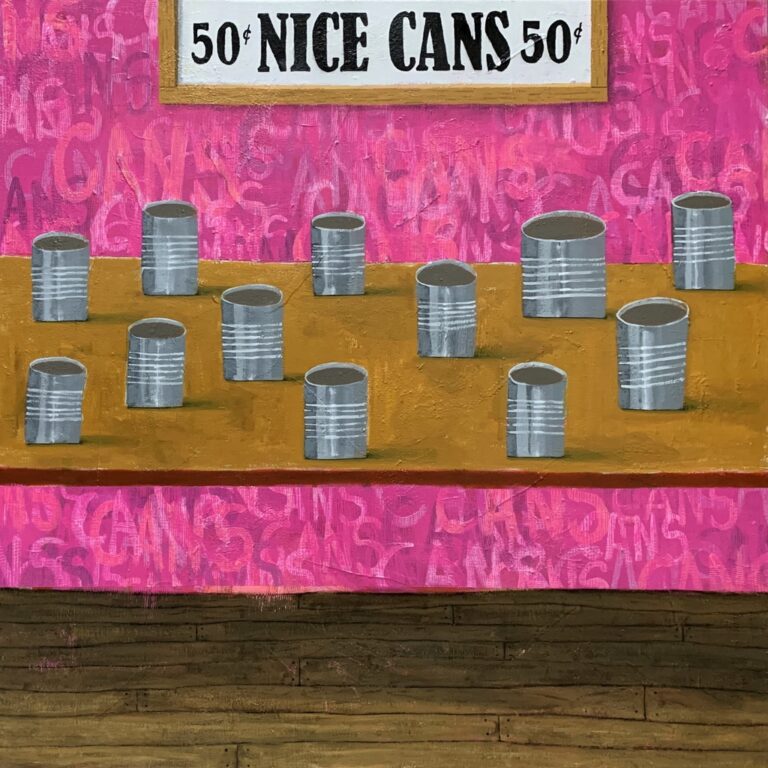
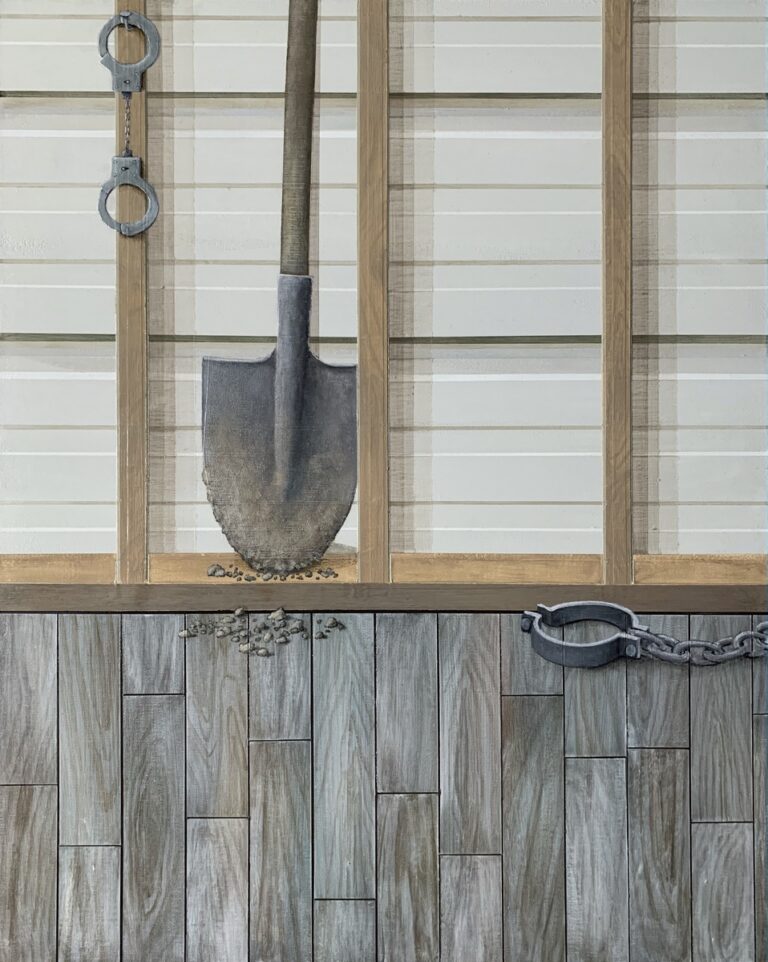
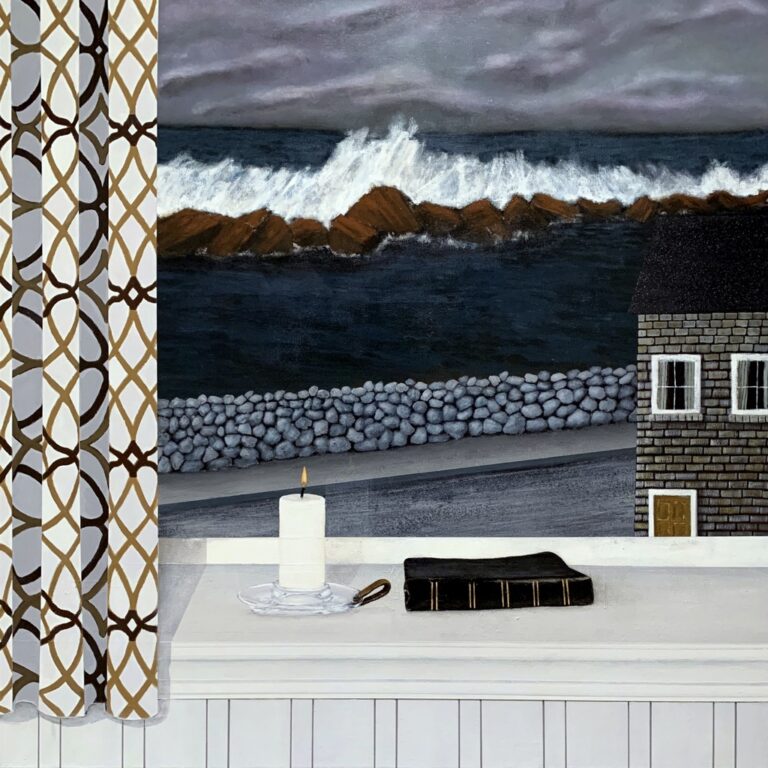
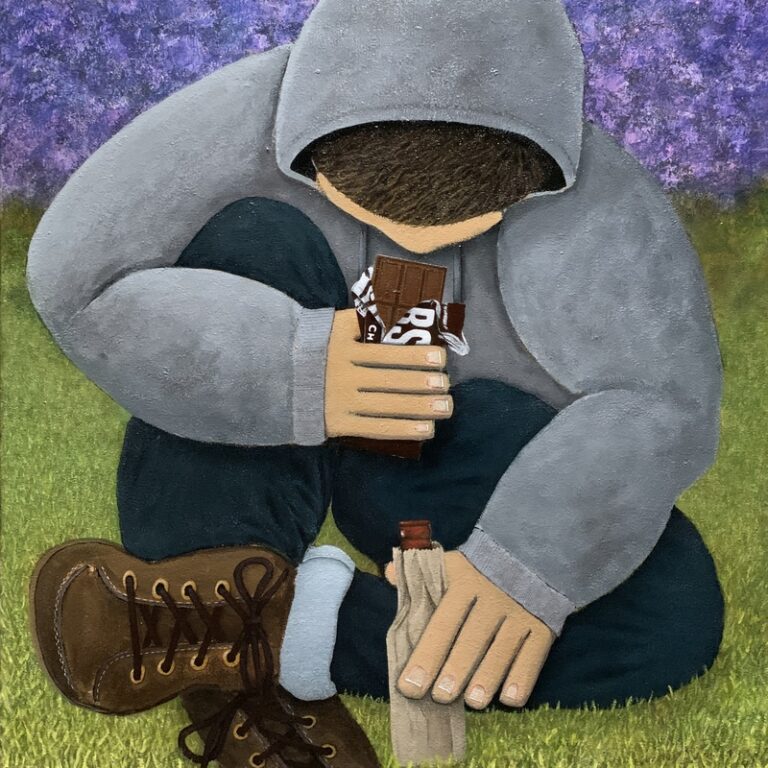
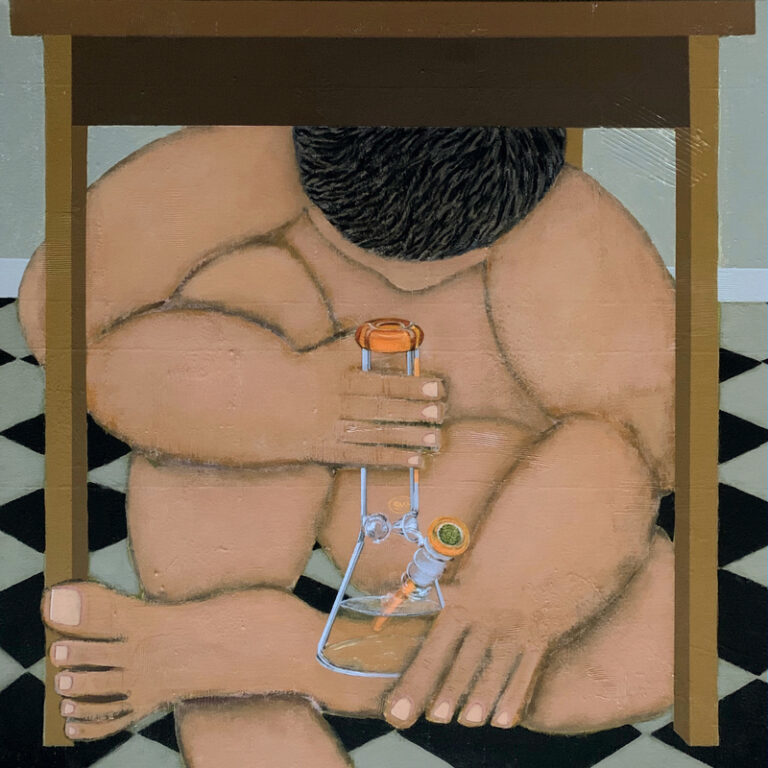
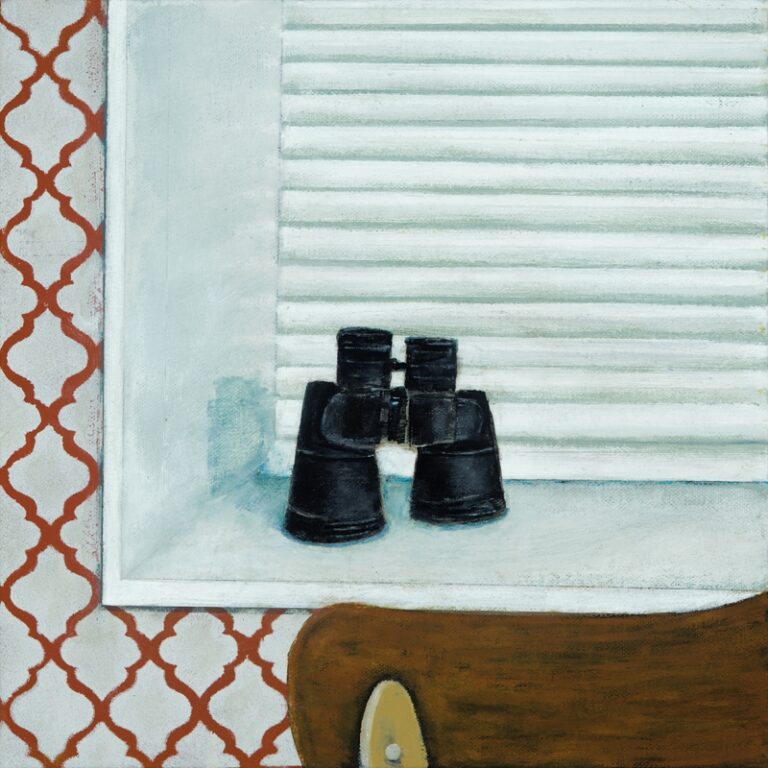

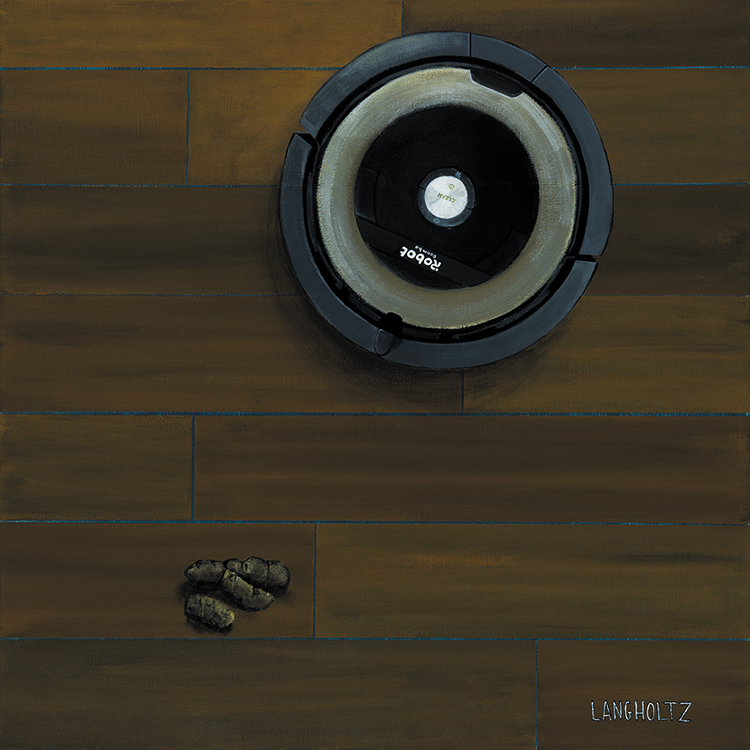
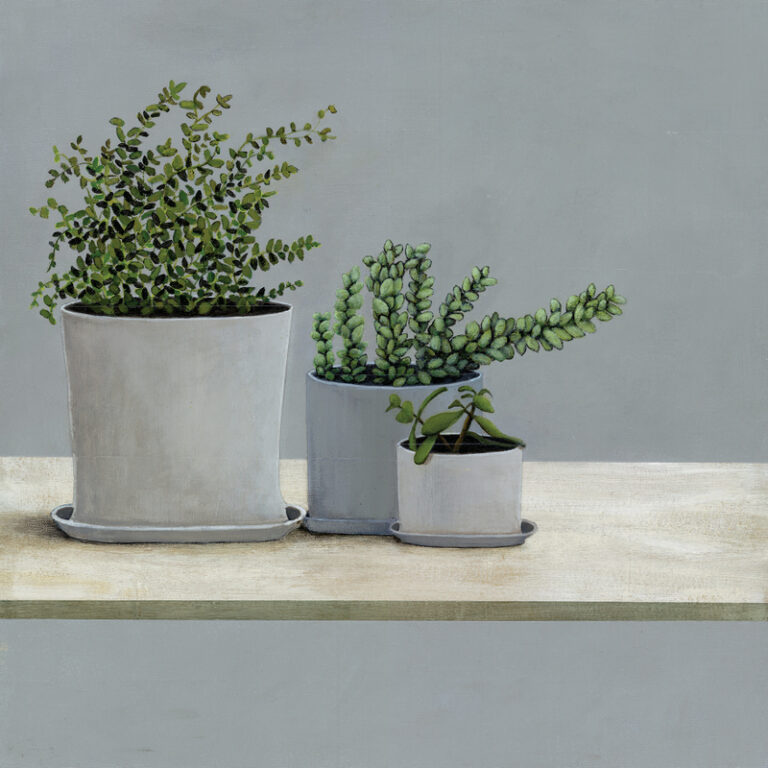
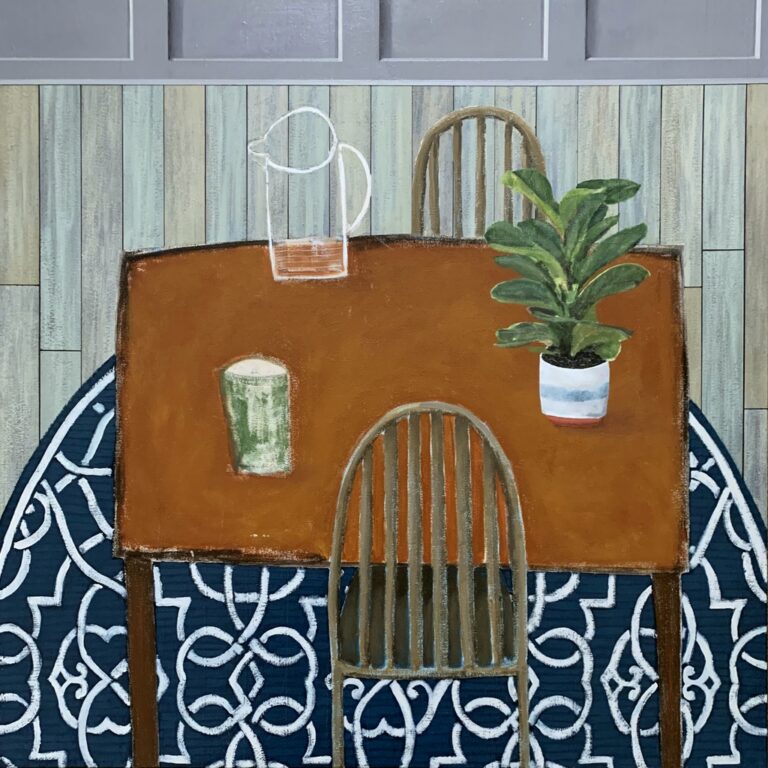
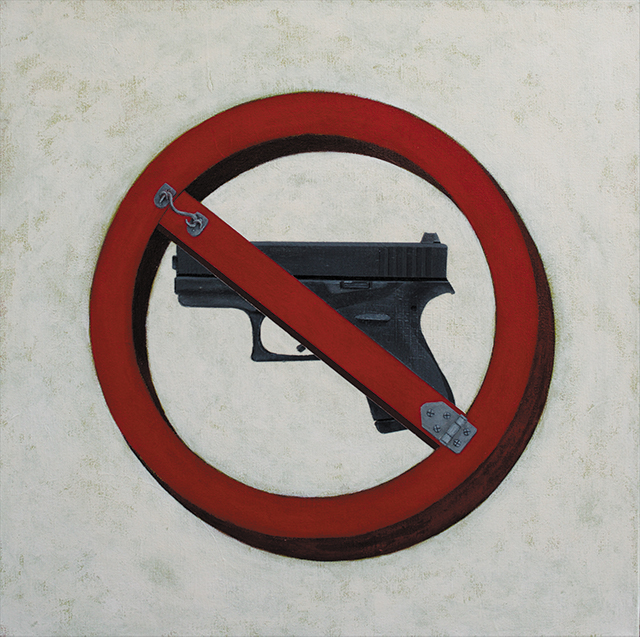
Gabe’s website is called gabelangholtz.com.
On Instagram, he is @gabelangholtzart
In January, 2021, he will be showing art at Hashimoto Contermporary gallery in New York City.
Here are some great takeaways from our conversation:
- You don’t need to stick with one subject matter for your artwork. For Gabe, he does a lot of still lives, but he also does a lot of figurative work.
- I’m a big believer in the importance of giving your artwork a title. After you’ve just spent a lot of time making a piece of art, don’t skimp on the title. It helps to differentiate your art and it adds to the story.
- In 2019, Gabe chose a topic to explore with his paintings, and it was plants. Giving yourself a theme will give you a starting point for your art.
- If your work is in a solo show, see if you can work with the gallerist in the hanging of it. They may let you because they figure you’ll know which art pieces go together.
- There are opportunities right now for virtual shows, and if that’s all you can get, then go for it. But remember that it is important for people to see your artwork in person, so that they can see the texture and the details. Keep your eye out for the in person shows, because in a couple of months, I’m sure they’ll be coming back.
- Put all your artwork onto your Instagram feed. It will become a virtual portfolio where people can get a good idea about you and your art.
- We’ve talked about pricing before on the podcast. When your sales are slow, it’s not necessarily a good idea to lower your prices. That just devalues your work because it’s hard to raise the prices back up later. The better thing to do is offer smaller items that already have a lower price than your larger work.
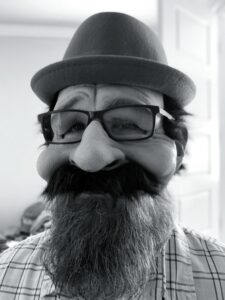
- Post category:Painters/Podcasts/Season 3/Show Notes
